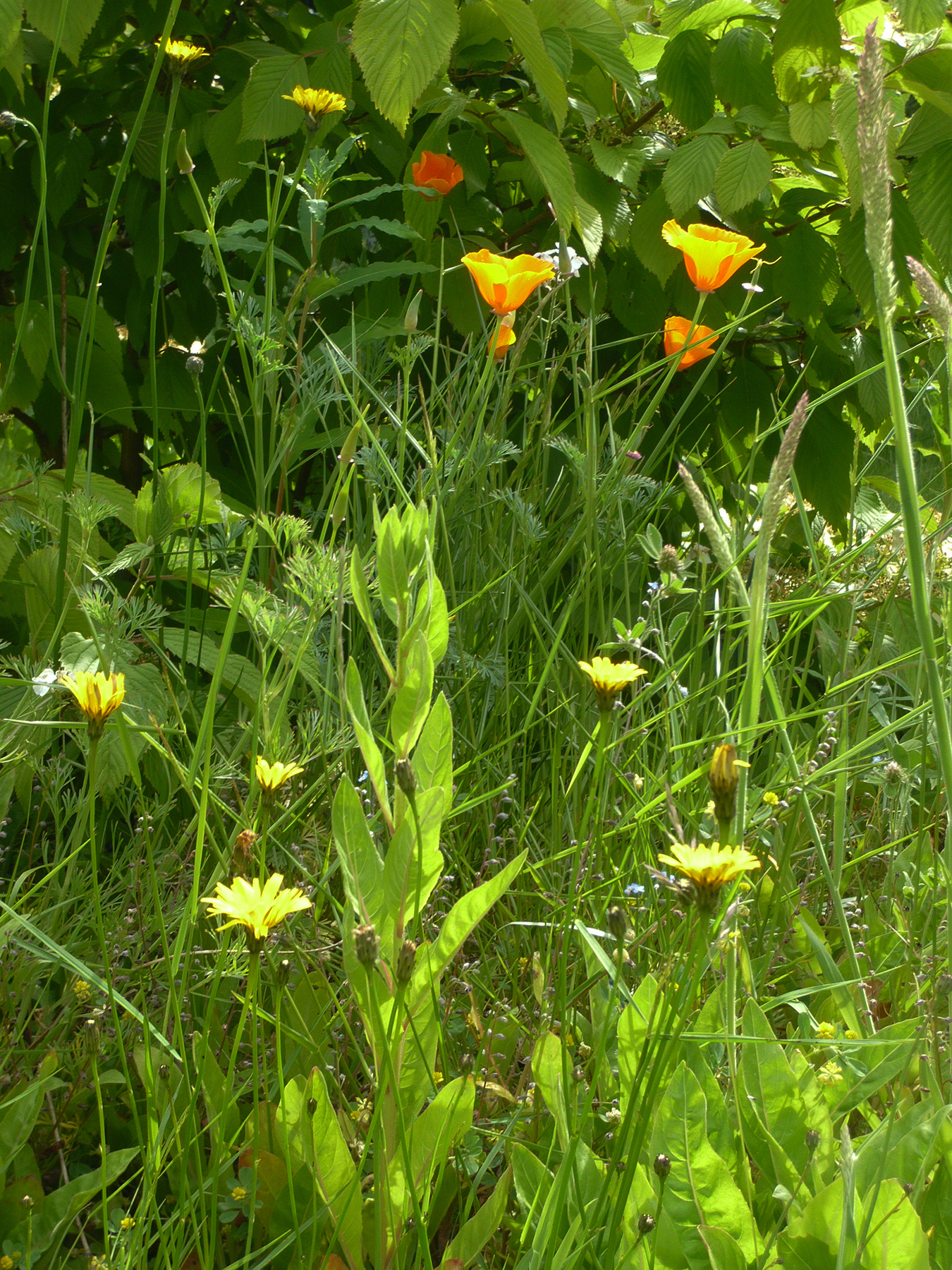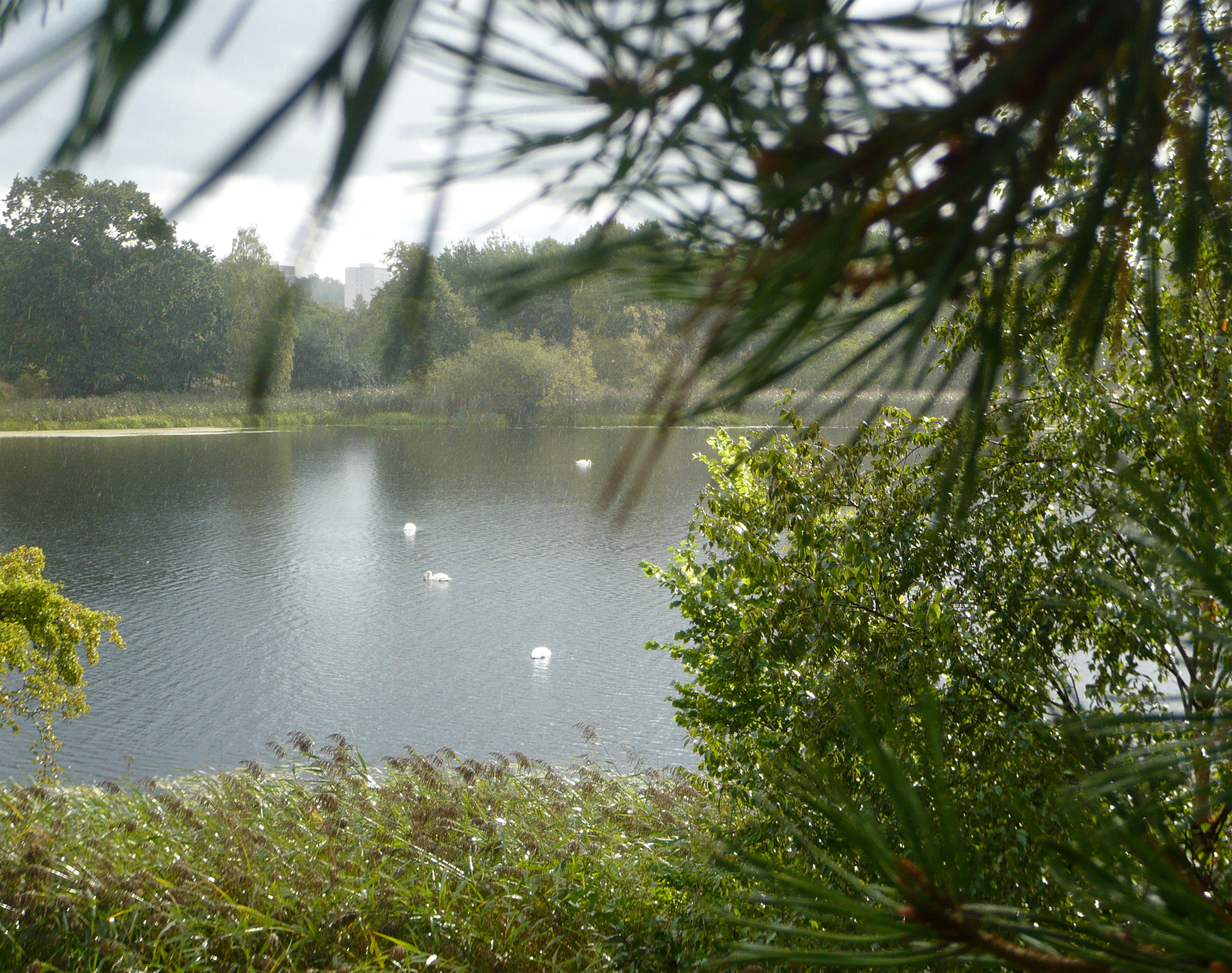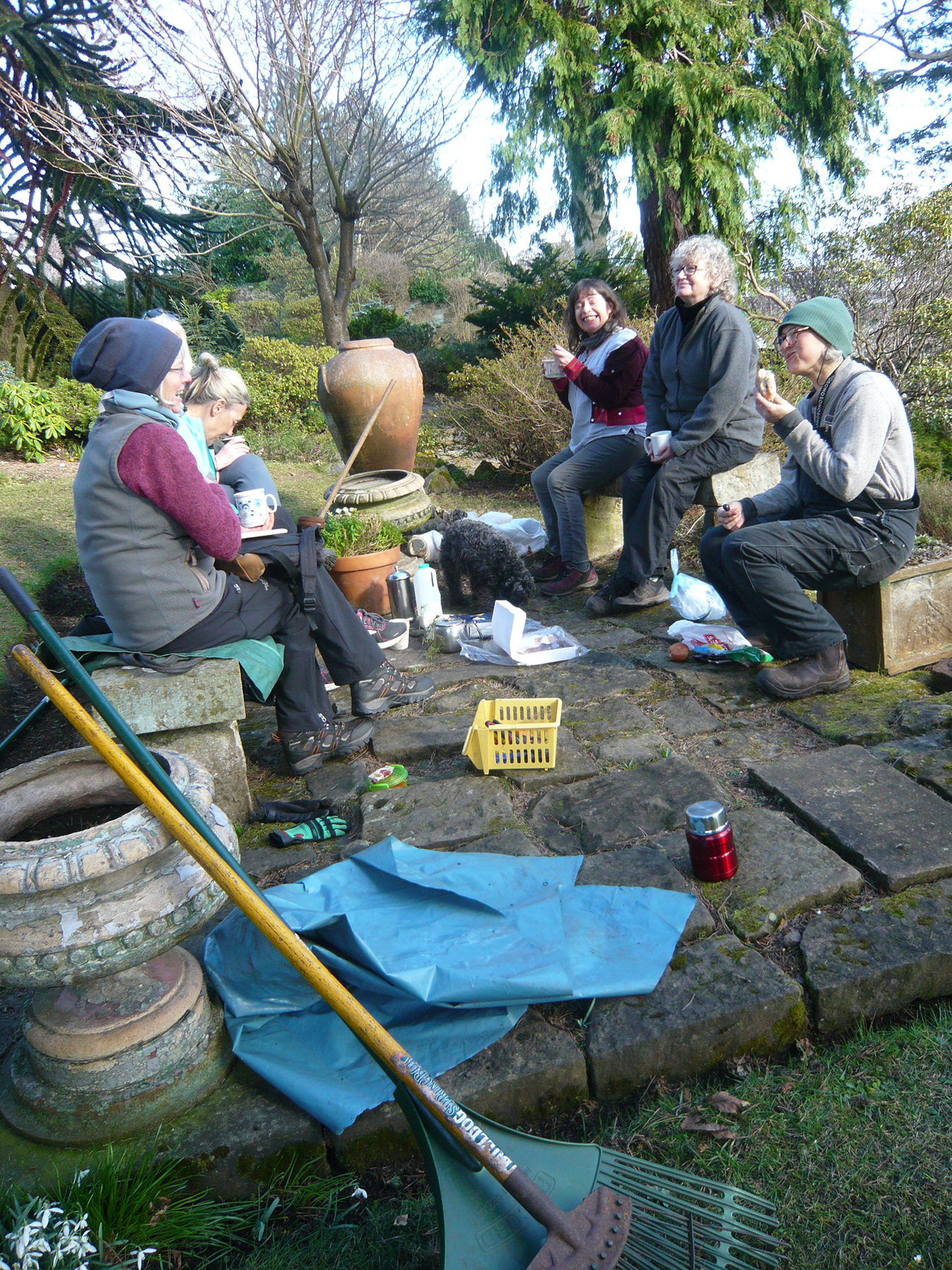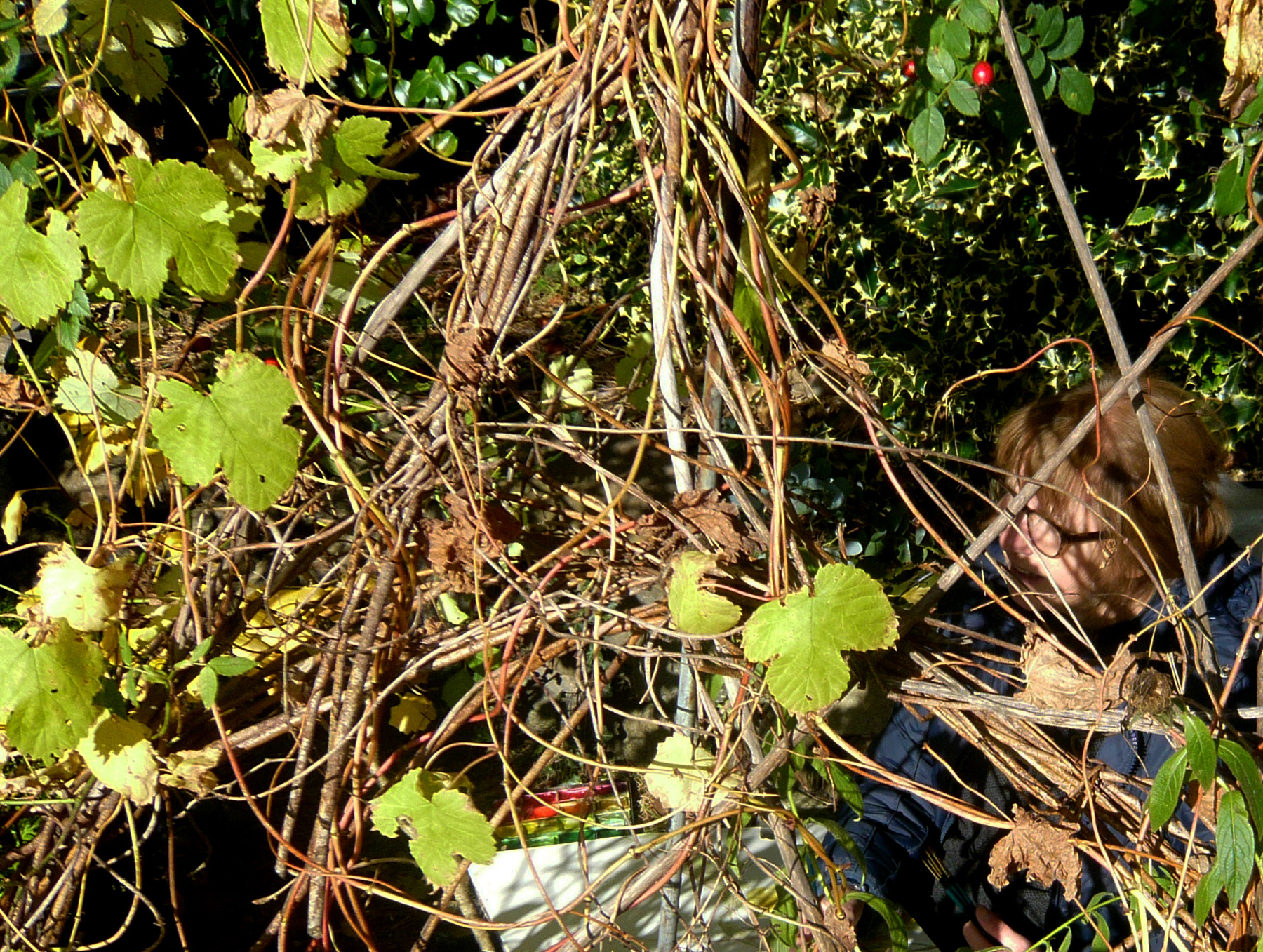
Click images above to
scroll through the gallery
Dr Neil’s Garden
“People experienced a sense of joy, beauty, and reassurance, a greater attunement to the natural world and an increased sense of nature connection than they had at other times: birds felt louder. These heightened sensory and emotional experiences had therapeutic benefits across age and geographical spectrums, during these difficult times.”
– Where birds felt louder: The garden as a refuge during COVID-19, in Wellbeing, Space and Society, Volume 2, 2021
Dr Neil’s Garden is a haven. Lying next to the twelfth-century Duddingston Kirk, where the lower slopes of Arthur’s Seat meet Duddingston Loch, this secluded garden is the result of the imagination, dedication and sheer hard work of Drs. Andrew and Nancy Neil. It was created from a wilderness in the 1960s by the Neils, both local GPs, as a space in which they encouraged their patients to help with gardening tasks or just to relax and find healing of body, mind and spirit in peaceful and beautiful surroundings. Sometimes called Edinburgh’s Secret Garden and walled on three sides, it lies on the rugged lower slopes of Arthur’s Seat, between the 12th century Duddingston Kirk and is bordered on one side by the shores of Duddingston Loch. The planting is mostly conifers, heathers and alpines, with primulas (including the rare Pubescens), magnolias, rhododendrons, azaleas and other shrubs. As well as being home to many birds: doves, swans, geese, waders, owls, there are frogs, butterflies, rabbits and more and an abundance of insects – each plant, each tree, each mushroom is home to thousands of smaller life forms.
In one corner of what was to become the garden is Thomson’s Tower, designed by William Henry Playfair, and built in 1825 for the Duddingston Curling Society, in which to store its stones. The upper floor was used both as meeting place for the curlers and a studio for the respected artist the Rev. John Thomson, Minister of Duddingston, from 1805 till 1840.
Andrew and Nancy Neil both died in 2005 and, in 2012 the Physic Garden was laid out to commemorate their lives as doctors and gardeners and to highlight their life-long interests in horticulture and medicine. The Physic Garden was formally opened in 2013, fifty years after the Neils began work on the site as Physicians and Gardeners.
In 1997, Dr Neil’s Garden Trust was formed, in order to take over the running of the garden, and to safeguard its future. The Garden Trust is a registered charity.
The garden continues to be tended devotedly and knowledgably by Head Gardener, Claudia Pottier and a band of dedicated volunteers who, together, delicately balance tending without manicuring.
Dr Neil’s Garden is so much more than a garden. It is a friendly place that welcomes all to its peace and beauty and at the same time offers comradeship and training to volunteers. Both before and since the garden was created this spot has to many been a place of inspiration – artistic, literary, and spiritual – and for meditation and contemplation. This is a place in which change is stimulated, through play, learning, the arts, physical activity, and by addressing the special needs of many people, where nature moves into culture, where cultivation and civilisation are linked and become nurtured. It is a place that encourages a looking outwards, as well as a looking inwards, a place where, by spending time, we realise the futility of putting ourselves at the centre of the universe, where a ‘putting back together’ of things and of ourselves becomes a real possibility.




























